

10 Objects Commonly Mistaken for UAP
It is our nature to be curious. When we look to the sky and see something that defies explanation, we search for answers. At Enigma, we are advancing the collective understanding of UAP using a logical and data-driven approach to sightings.
We encourage people to look to the skies more often and to continue submitting sightings to us. We also want to better educate everyone on what’s up there, so we can collectively filter down to things that are truly anomalous. To that end, we’ve outlined 10 objects and phenomena that appear anomalous at first, but are identifiable upon a closer look.
Our skies are full of human-made orbital objects like satellites, spacecraft, and the International Space Station. Most of these objects appear as a steady bright light. We can see them because they reflect sunlight. They may appear to get brighter or dimmer as they rotate in space and reveal a more reflective surface. The ISS orbits the Earth every 93 minutes, rising in the West and moving East. It is hard to spot during the daytime – mostly it is visible at night and appears about as bright as Venus. It orbits at a 250 mile altitude at about 17,500mph, so is visible from two to eight minutes on an overhead pass. Most other satellites look like moving “stars,” or dots of light that move in a continuous, slow path across the night sky. There are great AR tracking apps available to help you identify whether you are looking at the ISS, satellites, as well as stars and planets.
Bright light
Predictable, continuous movement
May fluctuate in brightness
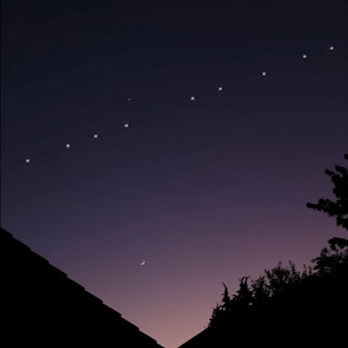
Starlink satellites deserve a special mention due to their novelty and unusual appearance. SpaceX launched its first 60 small low Earth orbit Starlink satellites in May 2019. There are now over 3,000 in orbit. As they move up into orbit, they appear as a string of lights moving in the same direction. They can look different from different angles and altitudes, sometimes they look like they are “popping up” and then vanishing from the horizon. Several handy sites help identify if a Starlink train is visible from your location.
Multiple lights moving together
Predictable, continuous movement
May fluctuate in brightness
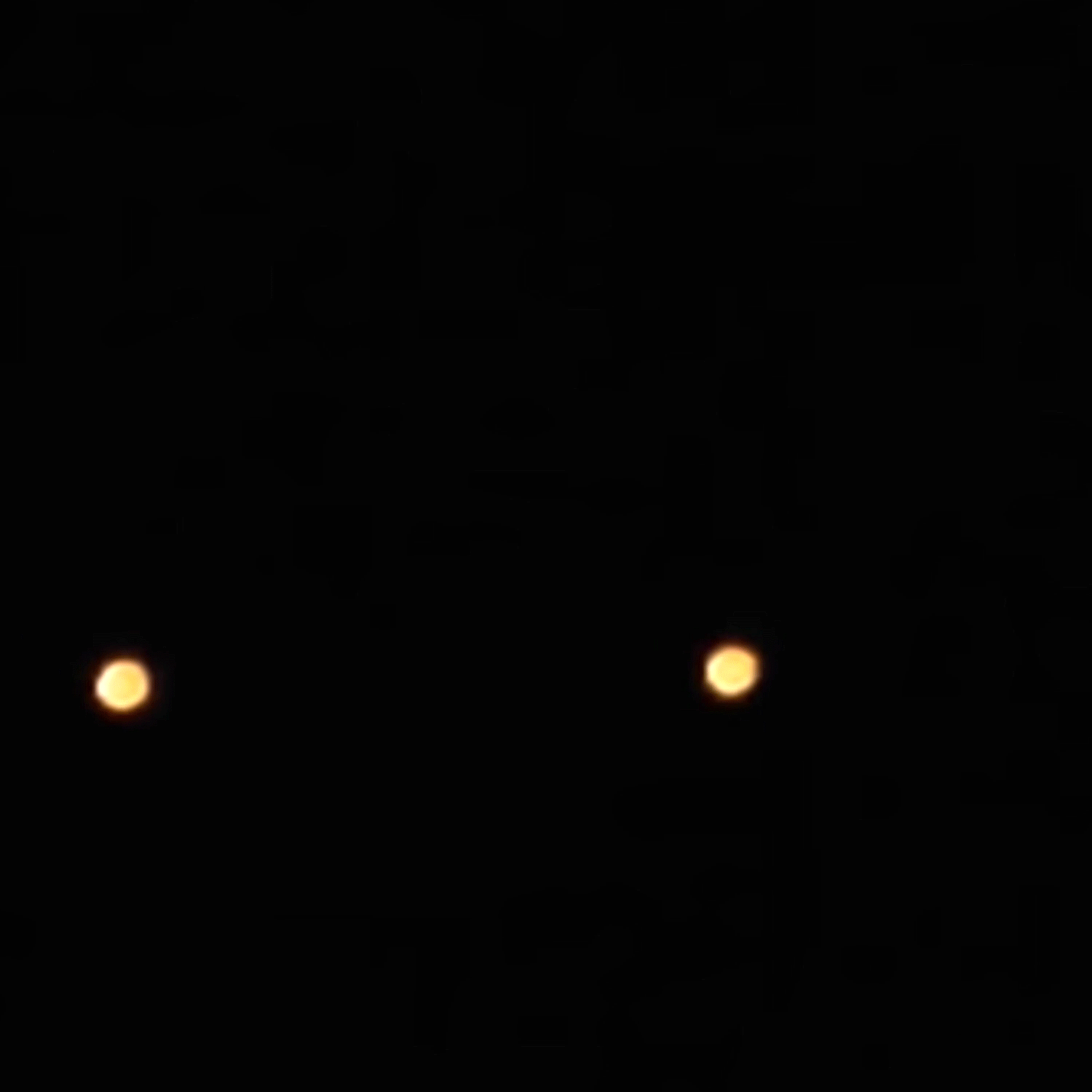
Military flares look confusing because of their movement, placement in the sky, as well as the fact that they often appear in groups. Flares tend to be dropped near military training grounds such as outside Phoenix or San Diego. They contain magnesium that burns bright with heat, and are used to illuminate an area, demarcate training boundaries or sometimes signal distress. Aircraft dropping flares usually fly with lights off for stealth, so the flares may seem to appear, one by one, out of nowhere. They are dropped high in the sky and so are visible over long distances.
Flares sometimes but do not always leave visible smoke trails, their parachutes are often not visible, and they can be mistaken for one larger object instead of several smaller individual ones. They tend to fall toward the earth or horizon, but they may fall so slowly that they appear motionless.
Multiple lights, sometimes in a row
Flicker and eventually fade out
Occur high in the sky
Might initially appear motionless
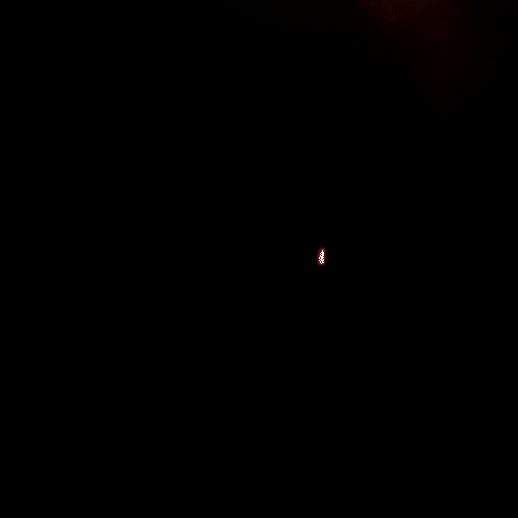
Paper lanterns are commonly used in spiritual and cultural celebrations, particularly in Asia. However, when spotted outside of the context of festivals and large events, they can be confused with UAP. The lights usually appear in a row, flicker, and finally fade out one at a time. When recorded by handheld camera or phone, hand movement and difficulty focusing can make the lights seem to move more erratically than they actually are.
Often multiple light in a row
Lights flicker and fade out
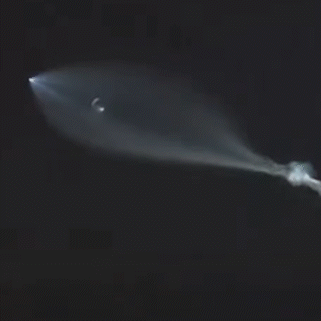
When they launch, rockets leave large plumes of exhaust that create fantastic illusions, especially during dusk when the exhaust glows in the setting sun’s light. Rocket launches are more likely to be seen from certain coastal bases, such as Kennedy in Florida or Vandenberg in California. If there is a mishap, like a fuel leak, the rocket may spin wildly emitting a spiral plume. Plumes from rocket fuel can be very large, move quickly across the sky, dissipate slowly, and be visible from significant distances. SpaceX rocket boosters returning back to Earth often also have glowing plumes that appear eerie and otherworldly, as they descend using controlled fuel burns on reentry.
Large glowing streaks
Move quickly
Move on a consistent path
Most people have seen many aircraft in their lives. But at a distance, strange angle, or with decreased visibility, they can still look strange to the naked eye. All commercial and private aircraft have blinking white, red and green lights. At night, the placement of these lights on the wings and tail can look like a triangular craft when viewed from below.
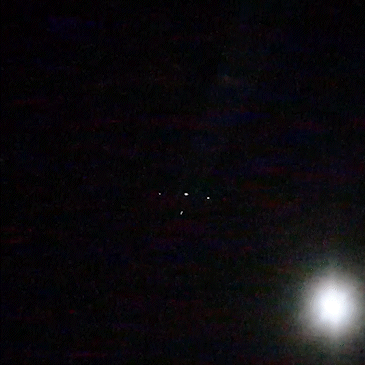
White front-facing landing lights are very bright and are turned on about 200 feet above the ground. They may seem to appear and disappear suddenly depending on the viewer’s angle. Longer-exposure photos often distort aircraft lights, making them appear to blink, streak, and move strangely across the sky.
During the day, wings, propellers, and other aircraft parts may reflect enough light that they blend into the background, leaving only an oblong shape visible.
Reflective, blinking lights
Move on a consistent path
Appear in triangle pattern
Parts of plane potentially not visible

Contrails are vapor trails produced by aircraft engine exhaust or changes in air pressure, typically at a cruising altitudes several miles above the Earth's surface. Contrails are composed primarily of water in the form of ice crystals, and usually form a pair of lines. Contrails can look strange during sunset or sunrise and if their shape has changed after hanging in the air for a while. When sunlight hits them, they can appear reflective, like they are glowing, and even look like flames. Because they are created by aircraft, they are visible higher in the sky and often seen from a distance.
Cloud-like
Reflective
High in the sky
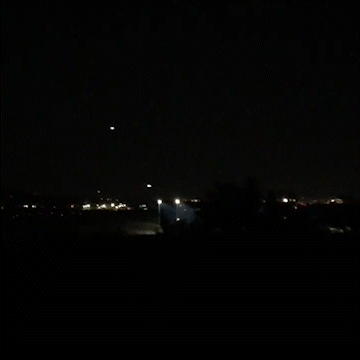
Unmanned aerial vehicles (UAV), commonly known as drones, are remotely or automatically piloted vehicles. They were initially developed in the 20th century for military operations. As cost and size have dropped, they are now commonly used by businesses and consumers for aerial photography, product deliveries, racing and entertainment. They often appear as fast-moving lights that can change color, course, and movement easily. Drones have become available in a wide range of shapes and sizes, so it can be difficult to establish a defined “drone” visual. Small, agile drones move in unexpected ways, but usually in a several hundred foot range closer to the ground. The velocity and changes of direction are not nearly as dramatic as truly unidentifiable UAP. When close enough you can identify most commercial drones by their rotors, which make an identifiable buzzing sound at close range.
Small, tend to fly close to the ground in a smaller range
Can move quickly and in different directions
Often have several colored lights
Have rotors and buzzing sound often heard when close
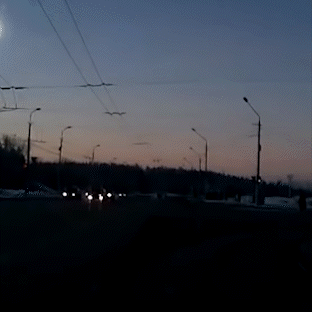
Meteorites are fragments of rock that originate in outer space and gravitate toward a planet. By contrast, space debris are human-made objects put into orbit that fall back through the atmosphere, like nonfunctional spacecraft, abandoned rocket stages, old satellites, and other mission-related debris. Both meteorites and space debris can appear in spectacular fashion as fireballs, because when they hit the atmosphere, the friction causes heat and they burn up. They can even burn bright enough to light up the entire sky before extinguishing. Several thousand fragments fall into the Earth’s atmosphere daily, but because they typically fall over open water or uninhabited areas, they are rarely seen.
Can appear as a fireball moving in a trajectory
Usually burn out quickly
Appear high in the sky
Resources for tracking objects reentering the atmosphere:
- Meteor Visual Observation Database
- American Meteor Society
- NASA Orbital Debris Program Office: Debris Reentry
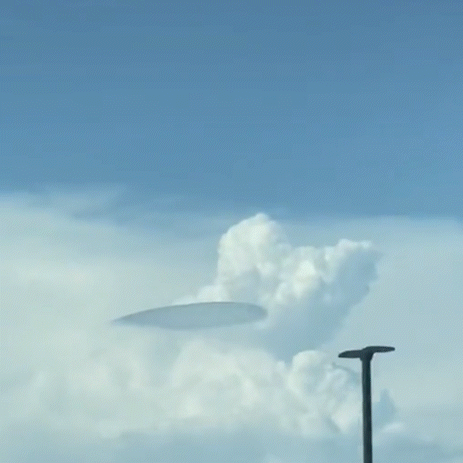
Cloud formations and lightning are the weather phenomena most often mistaken for UAP. Lenticular clouds are large and flat, and can appear to have a disk or flying saucer shape, similar to how UFOs used to be portrayed in movies and media. These clouds tend to form over hills and mountain peaks but can sometimes drift to lower-area valleys and plains while maintaining their unusual shape.
Strange lightning is sometimes also reported as UAP. In places like Hessdalen, Norway, people describe seeing bright, luminescent balls of lights that seem unexplainable. Some scientists believe the phenomenon may be due to ball lightning, though it hasn’t been confirmed that ball lighting exists.
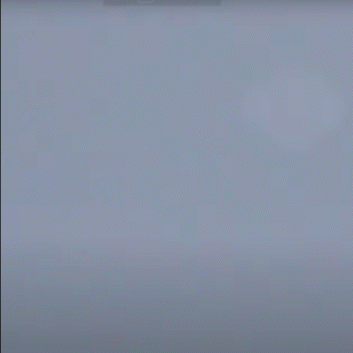
Solar balloons, weather balloons, and even party balloons are frequently reported as UAP. Weather balloons have long trails and can be clear, white, or a reflective silver. Solar balloons are usually long, black cylinders. Many people are not familiar with the shapes and colors of weather and solar balloons, both of which can float at higher altitudes and can be very large, and therefore they are not easily identified by the naked eye.
Party balloons are common at weddings and celebrations and for commercial promotions. Many get loose and are then seen floating in the sky. They frequently appear as small dots or odd shapes as they reflect sunlight.
Small
Appear alone
Seen in daylight
Odd shapes
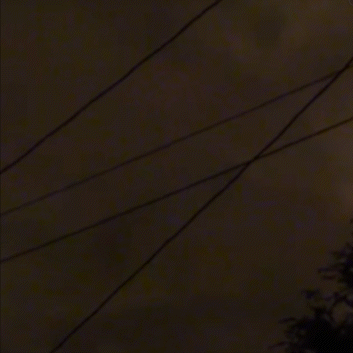
Most people know what search lights look like when seen from the ground source, having seen them at festivals, movie theaters, and car dealerships. But when the source isn’t visible, these lights are often mistaken as UAP. They move in a circular pattern and are only seen on the clouds they are being projected onto.
Move in a circular pattern
Appear on clouds
Sometimes after taking a photograph, people spot weird things. Camera effects are often mistaken for UAP. These include lens flares and internal reflections. Whenever a camera captures a bright point of light at night, there will be a corresponding internal reflection. If the light is out of frame, its reflection may appear to be moving around as the observer moves to film.
Similarly, people often spot a strange shape in a photo they have taken and wonder how it went unnoticed while they were capturing the image. Many photos are now taken on smartphones, which don’t have a mechanical shutter, causing image artifacts. Something as simple to the naked eye as a moving bird or a bug can appear to look like a large UAP in a photo, due to motion blur and the proximity to the camera.
Strange things not seen by naked eye, but noticed in a cellphone photo after taken
Camera effects appear as lights in the photo
Birds and bees can appear as large blurry shapes in the photo
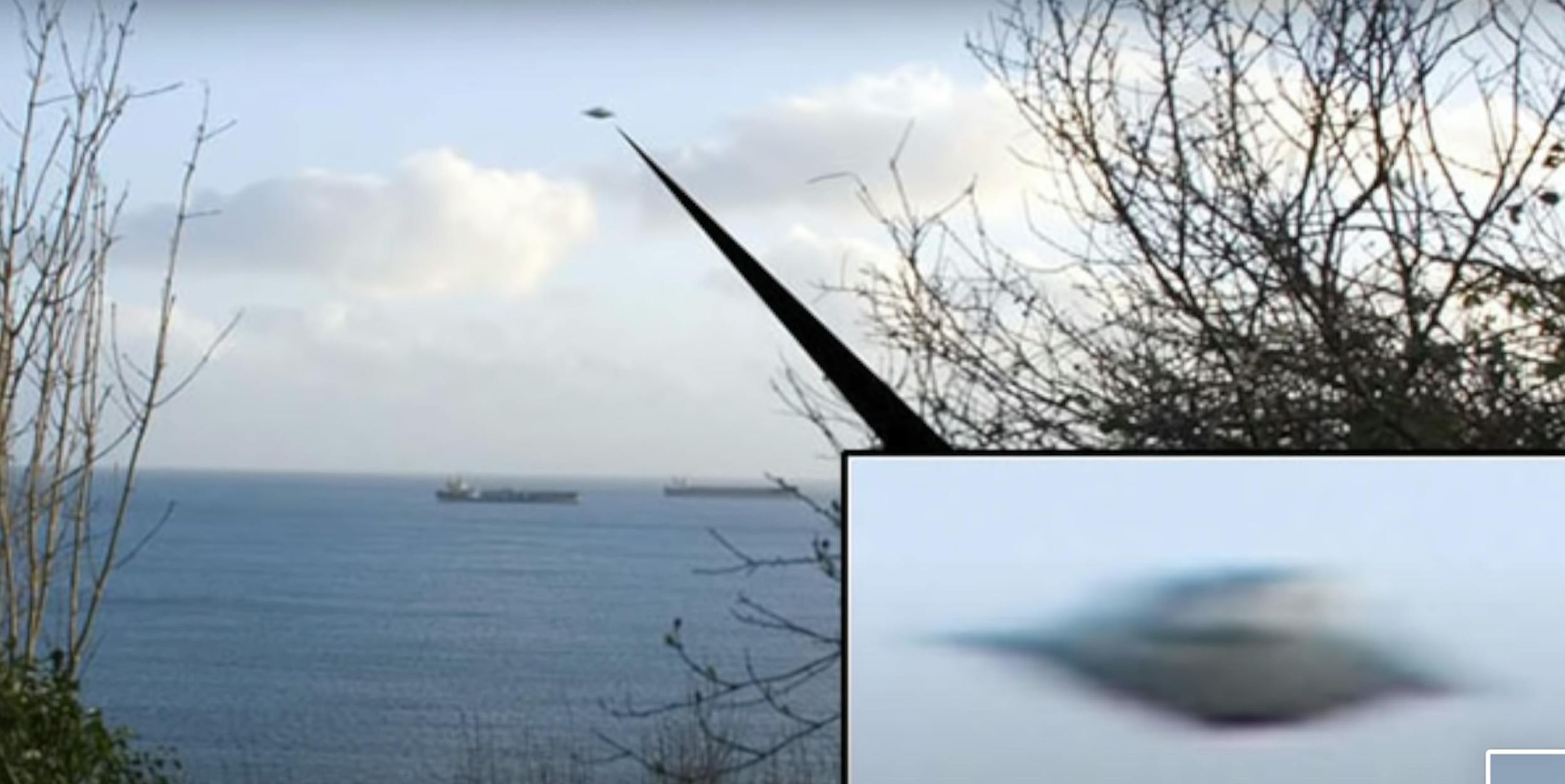
Bird in flight appears saucer-like
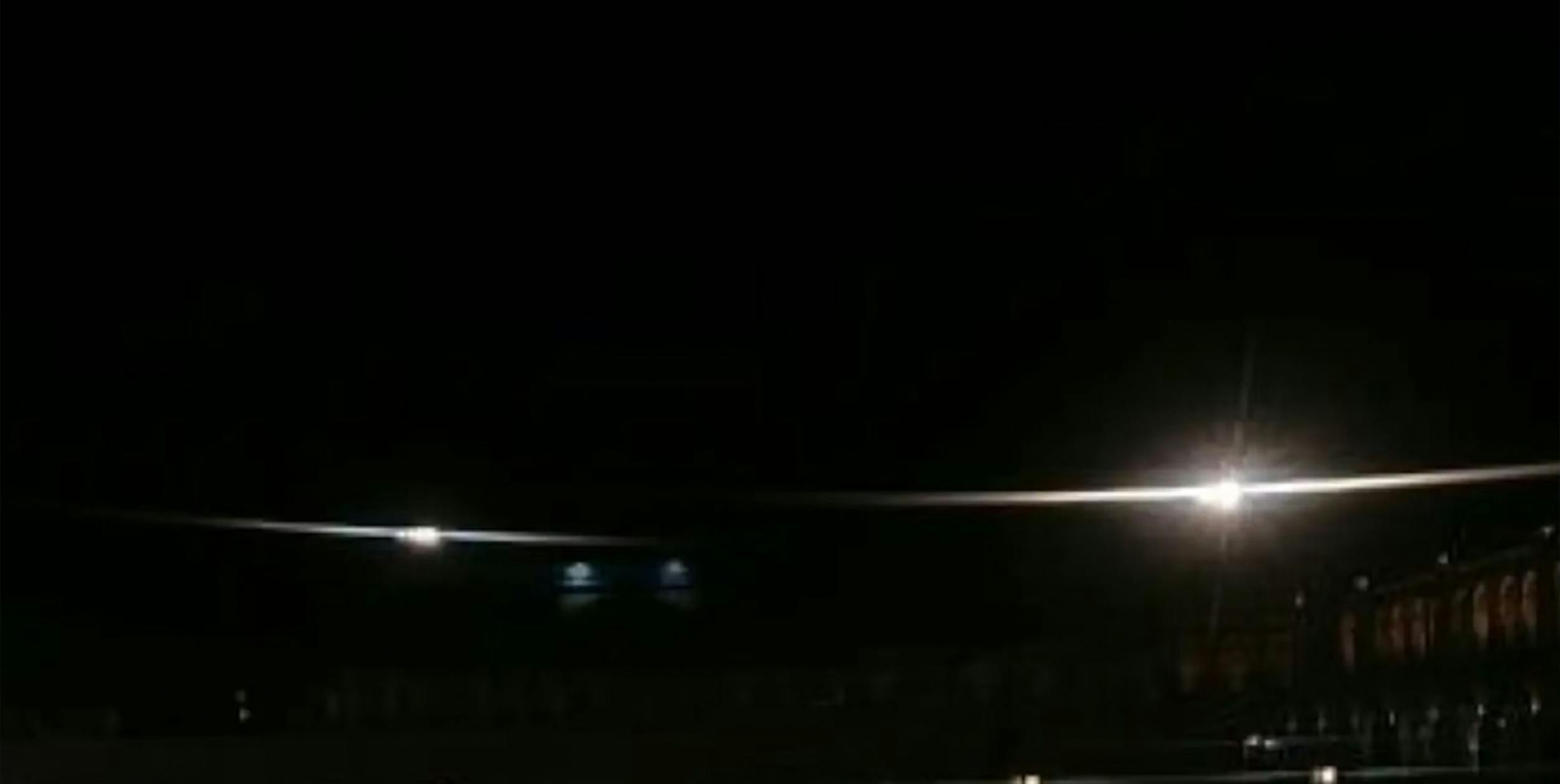
Example of lens flare
Resources
Below is a list of apps and websites to help you identify objects in the sky:
Celestial objects: In-The-Sky.org , Stellarium: Astronomy software , Heavens Above , Google SkyMap
Satellites, ISS, Starlinks: Satellite Tracker , Starlink tracker
Cloud identifier: CloudSpotter , Whatisthiscloud
Live airplane tracker: FlightRadar
Rocket launch tracker: Spaceflight Now